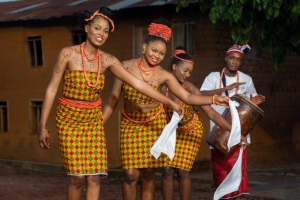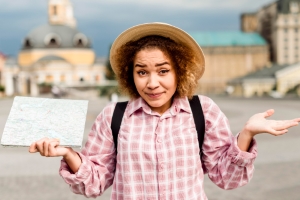Zimbabweans are known for their warmth and hospitality, but taking the time to understand local customs will help you connect better with people and make a great impression. Here are some key cultural practices to keep in mind during your visit.
1. Greetings Matter
👋 A handshake is the most common way to greet someone, often accompanied by a smile.
🙏 In rural areas, a slight bow or lowering of the head shows respect, especially when greeting elders.
💬 Shona and Ndebele greetings are widely used—saying “Makadii” (How are you?) in Shona or “Salibonani” in Ndebele is always appreciated.
2. Respect for Elders
👵 Elders hold a special place in Zimbabwean society, and it’s customary to greet them first in a group.
🗣️ Using respectful titles like “Mambo” (for a chief) or “Sekuru” (for an elder man) shows good manners.
🚸 Children are taught to show deference to elders, and visitors are expected to do the same.
3. Dress Modestly in Rural Areas
👗 While urban areas like Harare and Bulawayo have a relaxed dress code, conservative dressing is expected in villages.
🚫 Women should avoid short skirts or revealing tops in rural settings to show respect for traditional values.
4. Gift-Giving & Hospitality
🎁 If invited to someone’s home, it’s polite to bring a small gift, such as sugar, cooking oil, or soft drinks.
🍛 Refusing food or drink can be seen as impolite—if you’re full, accept a small portion as a sign of appreciation.
☕ Tea is often offered as a gesture of hospitality—sipping and engaging in conversation is encouraged.
5. Photography Etiquette
📸 Always ask for permission before taking photos of people, particularly in rural communities.
🏛️ Avoid taking pictures of government buildings, military personnel, or sensitive areas to prevent issues with authorities.
Respect & Kindness Go a Long Way!
By embracing these cultural norms, you’ll foster genuine connections and enrich your travel experience in Zimbabwe.







